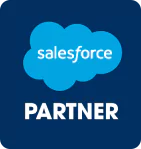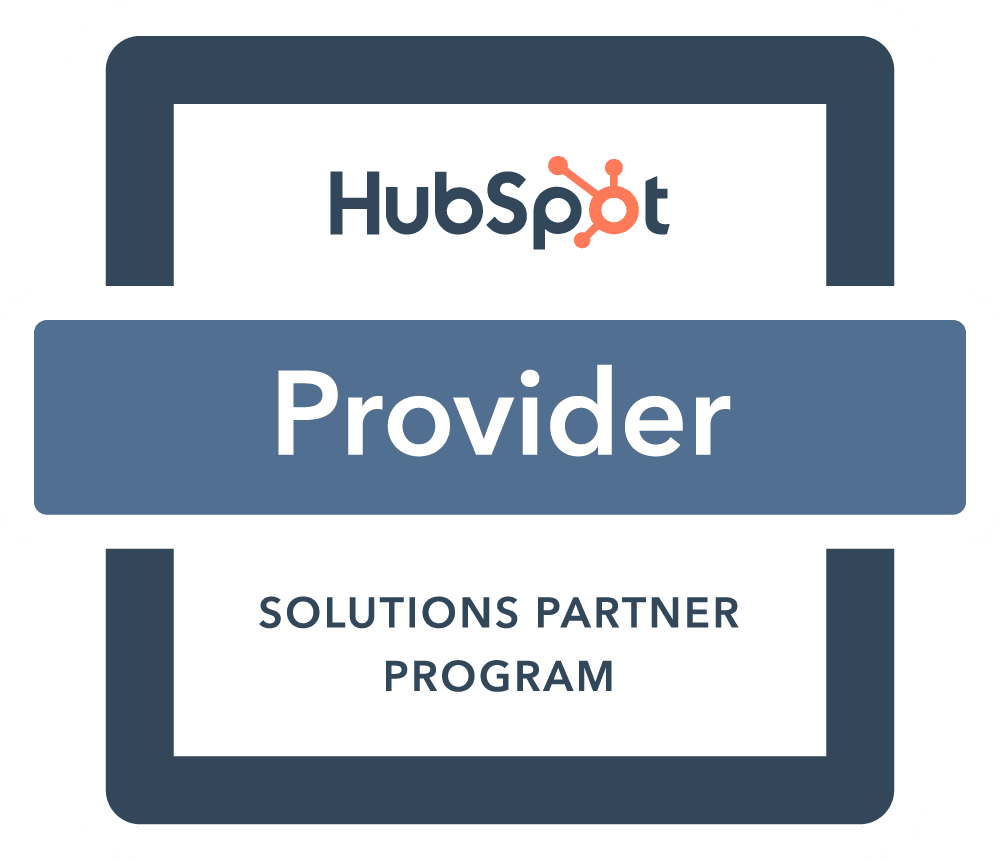Integration Of External Apps with Salesforce Connected Apps
 Dean Infotech Friday, February 3, 2023
Dean Infotech Friday, February 3, 2023

Integration Of External Apps with Salesforce Connected Apps
Salesforce is a robust CRM solution for enterprises on its own. However, you can accomplish much more by increasing your company's functionality with Salesforce connectors. Two methods to integrate with Salesforce are to create a Salesforce connected app or an AppExchange extension.
While many business owners know the Salesforce AppExchange, the Salesforce connected app may need to be made familiar. We at Dean Infotech recently conducted a webinar, Integration of External Apps with Salesforce Connected Apps. The webinar was filled with insightful information on Salesforce connected app, connected app terminology, and why you should create one for your company. But if you are new to it and you're reading this, you can even head to our webinar and have a glimpse of the same.
Keep reading to know more!
What Is a Salesforce Connected App?
A Salesforce connected app is an intermediary application that extracts data from your Salesforce org using a series of Salesforce APIs. It links an external app to Salesforce by granting access to the latter using protocols such as SAML, OAuth, and OpenID Connect.
For example, you're utilizing a third-party auto emailer mobile app and want to feed client data from Salesforce. The auto emailer app is then authenticated with Salesforce via the needed authentication procedure using a Salesforce connected app.
When successfully authenticated, Salesforce would transmit policies containing information such as access restrictions and session expiry length. The external app can freely share data with Salesforce if the session is active.
Connected App Terminology
a. Connected App Protocols
OAuth: OAuth is an open authorization protocol. OAuth 2.0 provides consented access and restricts actions of what the client app can perform on resources on behalf of the user without ever sharing the user's credentials.
OpenID: It is a simple identity layer on top of the OAuth 2.0 protocol. It allows clients to verify the End-User Identity and obtain basic information.
SAML: It is used to exchange authorization and authentication information between services SAML is frequently used to Implement internal corporate Single sign-on (SSO) solutions where the user logs into a service that acts as the single source of Identity.
b. Connected App and OAuth Terminology
Access token: Instead of using the user's credentials, a consumer can use an access token to gain acces.
Authorization code: The authorization code is a temporary value from the authorization server (Salesforce, in this case). The connected app uses this code in exchange for an access token.
Callback URL: A callback URL is a URL that is invoked after OAuth authorization for the connected APP (Consumer)
Consumer key: A consumer uses a key to Identify itself to Salesforce.
Consumer secret: A consumer is a website or app that uses OAuth to authorize both the Salesforce user and itself on the user's behalf.
Usage of Connected App
Access Data with Integration
1. Use a connected app to request access to Salesforce data on behalf of an external application.
2. Must be integrated with Salesforce API using the OAuth 2.0 protocol.
Manage Access to Third-Party Apps
1. Admin can set security policies to control what data a third-party app can access from your org.
2. Admins can also define who can the third-party app
Integrate Service Providers with Your Salesforce Org
1. Use a connected app to integrate your service provider with your Salesforce org
2. Use a connected app with SAML 2.0 or OpenID Connect to integrate a service provider with your Salesforce org.
Conclusion
When your company demands a more customized solution with better control, developing a Salesforce connected app is an option. Salesforce connected app provides a comprehensive and secure architecture for integrating other apps with Salesforce. You will have control over how the authentication procedure is carried out and who has access to the Salesforce data as a business owner.
Still, need help with developing Salesforce connected apps? Contact Dean Infotech's Salesforce development team today.






Comment